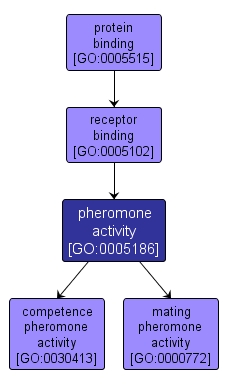| Desc: |
The activity of binding to and activating specific cell surface receptors, thereby inducing behavioral, developmental, or physiological response(s) from a responding organism or cell. The substance may be released or retained on the cell surface. Pheromones may serve as a specific attractant, social communicator, or sexual stimulant. |














